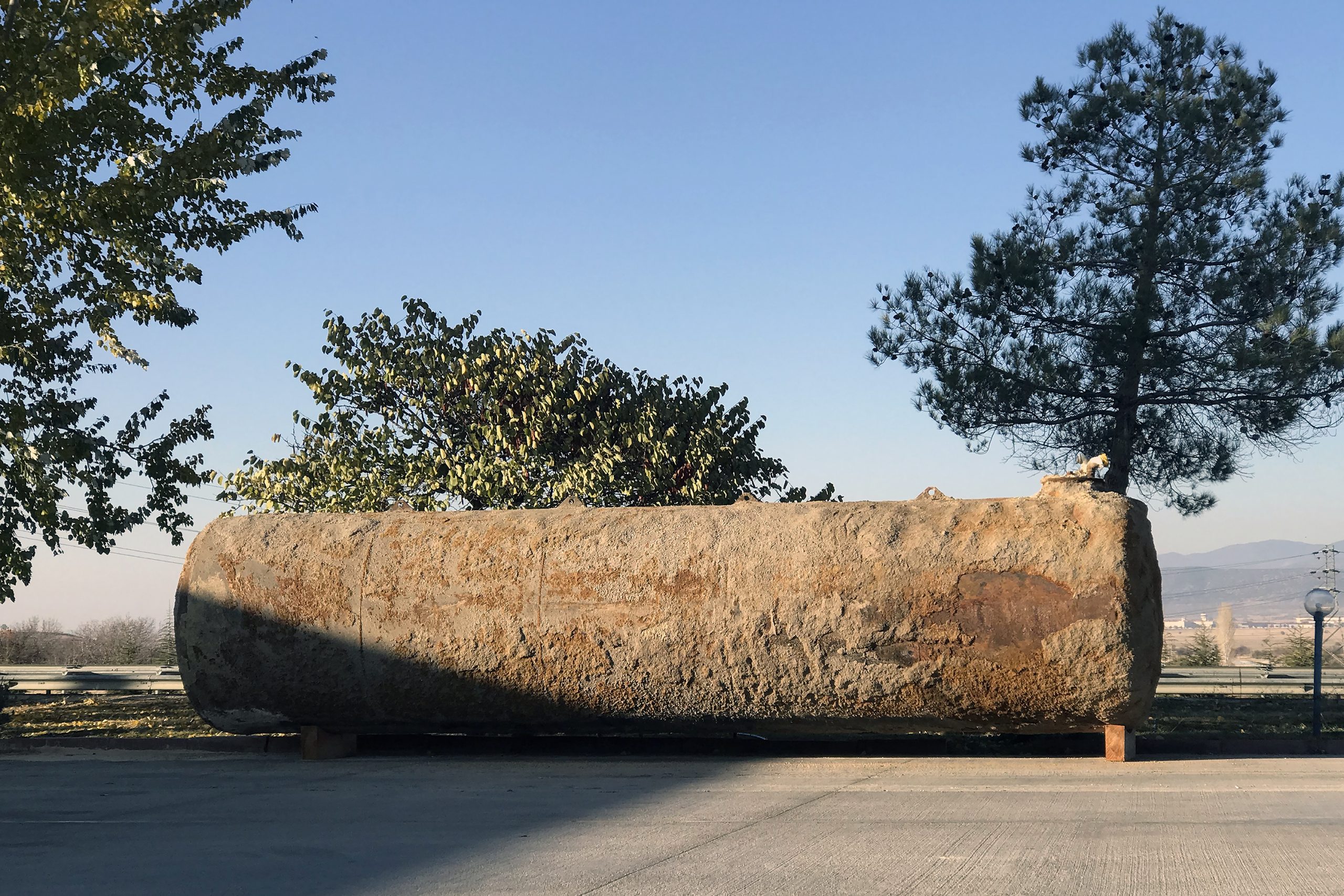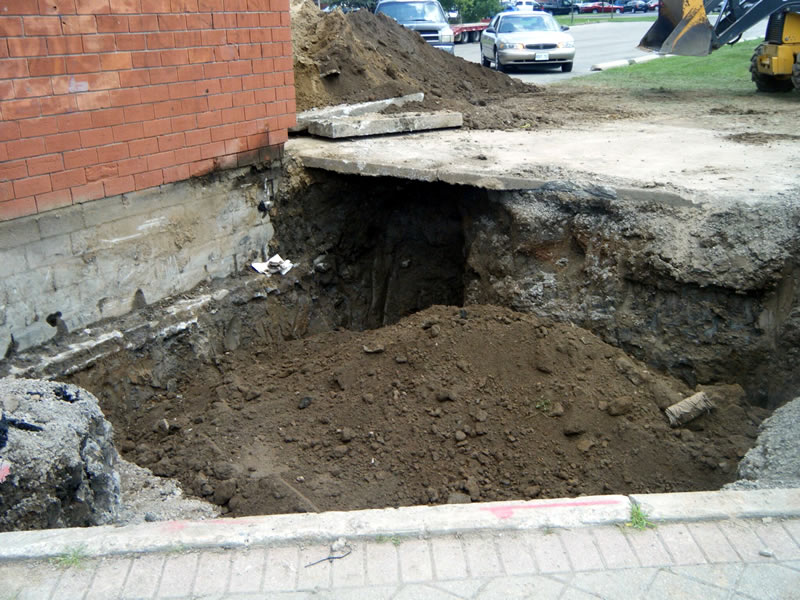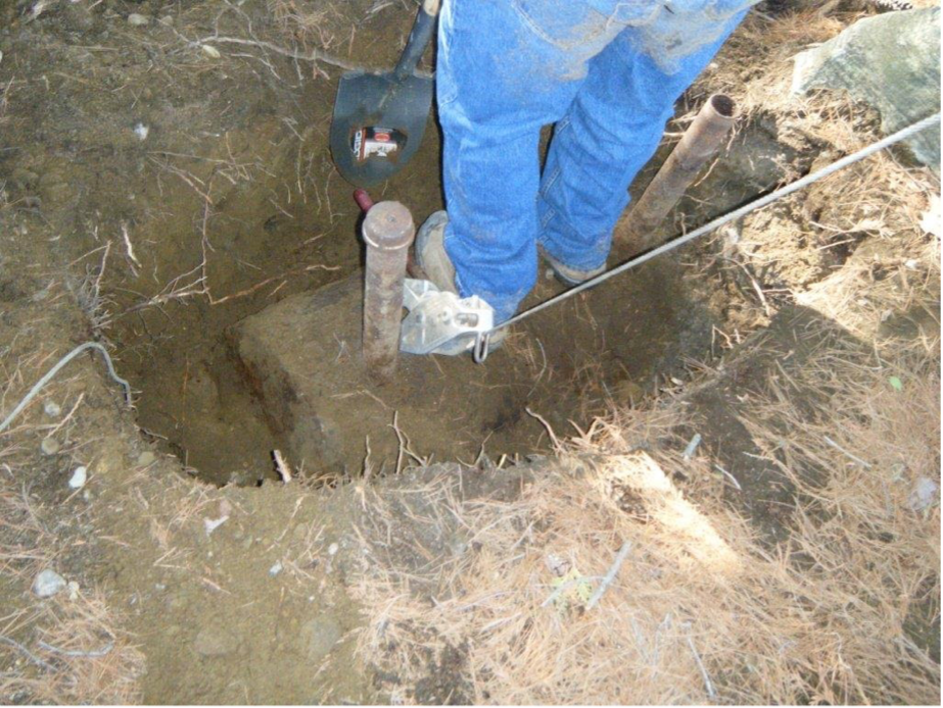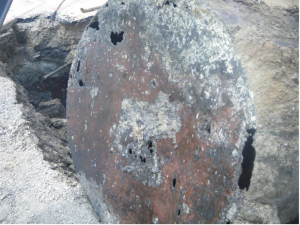Underground oil tanks were once common in many residential and commercial properties as a way of storing fuel for heating systems, generators, and other machinery. However, these tanks pose significant dangers to both human health and the environment, which is why recent regulations have called for their registration or removal when not in use. In this article, we will discuss the top six dangers an underground oil tank can pose and how to prevent them.

1. Soil Contamination
One of the most significant dangers of underground oil tanks is soil contamination. Leaks and spills from these tanks can cause oil to seep into the surrounding soil, contaminating the groundwater and harming plant and animal life. This contamination can be challenging to detect and costly to clean up, requiring professional soil remediation services like those provided by the team at Waterline Environmental. That’s why it’s critical to ensure your underground oil tank is properly maintained if in use and properly removed by trained professionals if it’s not.
2. Air Pollution
It’s not just the ground that’s at risk when an oil tank leaks. When underground oil tanks corrode or leak, the fumes can escape into the air and become a health hazard. As you can imagine, these fumes contain toxic chemicals such as benzene and toluene, which can cause respiratory issues, headaches, and even cancer with prolonged exposure. Regular maintenance and tank inspections for tanks still in use can help prevent leaks and reduce air pollution, while outright removal is required for unused tanks.
3. Health Risks
Exposure to oil and its fumes can cause a range of health problems, from minor irritations to severe illnesses. Skin contact with oil can cause dermatitis and other skin conditions while inhaling fumes can cause respiratory issues and headaches. Long-term exposure can even lead to cancer and other chronic diseases. That’s why proper tank maintenance or removal is essential: it ultimately helps to prevent exposure and its associated health risks.
4. Health Risks for Children
Unfortunately, children are particularly vulnerable to the health risks associated with underground oil tanks. This is because they are more likely to play in the soil around the tank, increasing their risk of exposure to fuel oil and its fumes. Similar to adults, this exposure can cause respiratory issues, skin irritation, and other health problems. So if you want to ensure the safety and health of your children, maintaining or removing your underground oil tank is a must.
5. Environmental Impact
Oil spills and leaks from underground tanks can have severe environmental impacts. When oil enters the soil, it can harm plant and animal life, leading to long-term ecological damage. It can also contaminate water sources, leading to a loss of biodiversity and affecting what was once clean drinking water for both humans and animals alike. Prevent environmental damage by ensuring your tank is well maintained, inspected regularly, or removed if required.
6. Structural Damage
Underground oil tanks that have sprung a leak can affect the soil around your property to the point where it becomes weak and unstable. This can cause the soil to shift, leading to cracks in the foundation and walls that compromise the safety of the building and the occupants inside. This will inevitably result in repair in the form of foundation underpinning, which aims to restore your structure’s foundation. Should your property require foundation underpinning, contact the team at Waterline Environmental to learn more about our foundation underpinning service.
Protect yourself and your family from the dangers of underground oil tanks by calling the team at Waterline Environmental.
To prevent the dangers associated with underground oil tanks, it’s essential to take proactive steps. Regular tank maintenance and inspections can detect leaks and damage early, preventing costly repairs and environmental damage. If a tank is no longer in use, it’s best to remove it to prevent the risks associated with long-term storage. Hiring a professional oil tank removal company like Waterline Environmental can ensure that the removal process is done safely and effectively by professionals.
At Waterline Environmental, we understand the importance of proper underground oil tank removal. We specialize in providing professional underground oil tank removal and soil remediation services to protect not just your health, but the health of the surrounding environment. By addressing the dangers of underground oil tanks, we can prevent ground and water contamination, reduce air pollution, and protect our health and the health of our loved ones.
Contact us today by calling 905-876-8298 or fill out our form to learn about our services and how we can help.
Contact Waterline Environmental
President: S.A. (Stu) Ferguson
Email: waterline1943@gmail.com
Direct: 905-876-8298
Office: 855-333-6604
Fax: 519-856-2149



